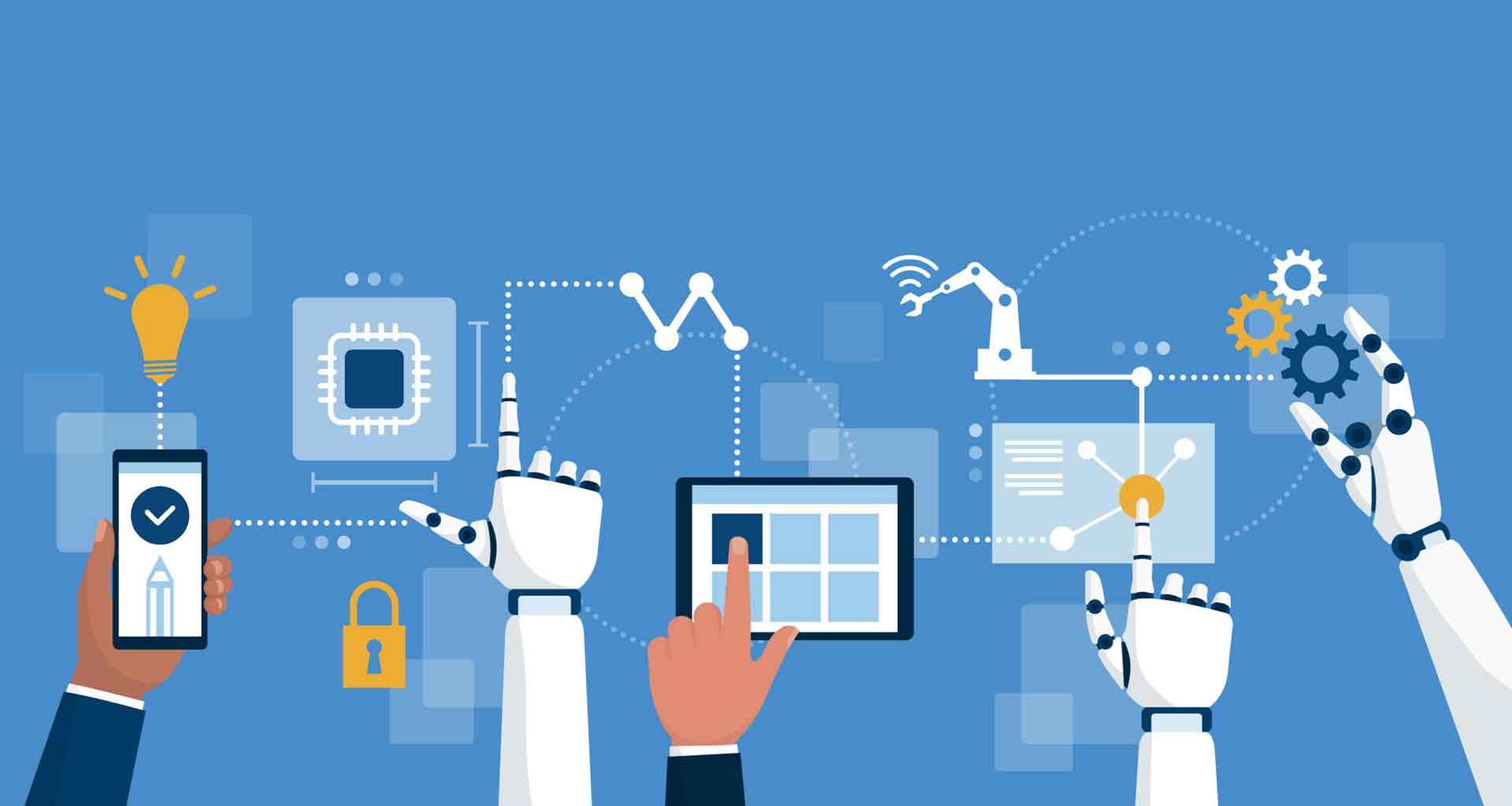Contents
- New Technologies to Improve Customer Service in 2021
- Raise customer service efficiency with RPA
- Predict the Future with Data Analytics
- Strengthen Customer Relationships with Emotion Analytics
- Deliver Convenience with Computer Vision-Powered Self-Service
- Offer Hands-Off Help with Voice Capabilities
- Leverage Augmented Reality for Immersive Experiences
- Build Loyalty using the Blockchain
- The New Technologies to Improve Customer Service
In the last few years, the customer service domain has experienced an awakening with the rising awareness of the benefits of delivering a good customer experience. Companies have invested in their customer service function to differentiate and personalize their brand and improve overall operational efficiency. COVID-19 has resulted in a further increase in demand for service, with a January 2021 survey indicating that 65% of U.S. consumers required assistance during the pandemic.
As 2021 gets underway, new technologies to improve customer service are emerging, that help businesses boost their service levels while still keeping a firm eye on their bottom line to ensure business continuity in a challenging economic environment.
New Technologies to Improve Customer Service in 2021
Let’s take a look at some of the hottest new technologies that are improving customer service this year.
Raise customer service efficiency with RPA
Customer service departments deal with vast numbers of inquiries and an endless volume of daily transactions, each susceptible to human error. One popular customer service technology trend is to introduce Robotic Process Automation (RPA). This is a form of business process automation technology based on AI that can bring greater efficiency by allowing customer service teams to manage their back-office operations and the large volumes of repetitive and rules-based processes.
By streamlining the execution of once complex, labor-intensive, and time-consuming procedures such as basic troubleshooting, billing, data entry, workforce management, and order fulfillment, RPA frees call center staff for higher value-add work. Applying RPA to alleviate even some of the staff’s workload will have a major impact on streamlining processes and improving profitability. AT Kearney reports that RPA costs 1/3 as much as an offshore employee and 1/5 the cost of on-site staff, and can cut costs by 25-50%. With these numbers, it’s no surprise that Forrester data shows that over 44% of customer service organizations are already using RPA to help them gain a competitive advantage.
Predict the Future with Data Analytics
In today’s digital age, companies can get a comprehensive or 360⁰ view of customers by accumulating data from the various touchpoints that a customer may use to contact a company. This data can then be tapped to determine customer patterns or trends in order to better target their marketing offers, and enhance their relationship with customers. According to Accenture, 75% of consumers are more likely to purchase from a company that knows their name and purchase history. Imagine the possibilities if that same company also analyzed relevant data from the customer’s social media posts and other online reviews. Using AI-driven predictive analytics tools, companies can draw insights from end-to-end customer data to track, predict, and personalize the customer’s journey, with the ultimate goal of boosting brand loyalty.
Strengthen Customer Relationships with Emotion Analytics
Customers want to feel acknowledged and understood, especially when faced with a challenge. This is why emotional analytics features so prominently in many technological innovations designed to enhance customer retention. Based on research, more and more companies will be taking customer emotions into account in 2021 and beyond. Machine learning can be trained to recognize the embedded emotions in language and determine the customer’s mood. Analyzing these emotions can be used to understand a customer’s experience with a company product, new packaging, or interaction with a representative of the company, and to uncover any weak links that cause negative customer reactions, with the ultimate goal of improving relationships with customers.
Deliver Convenience with Computer Vision-Powered Self-Service
AI-based chatbots contend with the massive number of support requests that often overwhelm customer service centers by empowering customers to resolve minor issues on their own. Computer vision technologies – such as object recognition, facial recognition, image to text, and image similarities – can add significant value to a company’s self-service platform, allowing customers to visually interact with bots that can guide them to self-resolution.
Computer vision has become a key customer service technology trend due to its many capabilities. For instance, it can add essential data to a customer’s profile based on visual data, help predict issues before they even happen, and effectively route the customer’s case to the relevant agent if self-service is unsuccessful.
Offer Hands-Off Help with Voice Capabilities
According to Google, 27% of the online global population is using voice search on mobile. Consumers’ rising preference for voice has resulted in call centers focusing on making voice interactions more intuitive by combining voice and screen-based technologies. Technology will be used to analyze live audio streams, recorded voice files, social media engagements, emails, or chats, storing this customer data to personalize the CX. Based on the customer service trends we’re seeing, traditional text-based chatbots will give way to smart bots that are powered by voice recognition, and predictive speech analytics will be increasingly utilized to identify customer service opportunities and deliver an improved experience.
Leverage Augmented Reality for Immersive Experiences
AR has emerged as an innovative customer service tool that allows brands an almost unlimited opportunity to interact with consumers on their mobile devices. AR creates a new digital experience that transforms the customer journey into a connected and immersive visual interactive experience, providing value that goes way beyond simple novelty. For example, using a smartphone, customers can access the product’s knowledge base with FAQs, instruction manuals, and training material displayed in an AR overlay. AR has been especially beneficial in the technical support domain, eliminating the back-and-forth so common in agent-customer interactions during technical support calls.
Build Loyalty using the Blockchain
Blockchain technology is a digital ledger in which transactions made in bitcoin or another cryptocurrency are recorded chronologically and publicly. While blockchain has yet to be fully validated, the hype around it is at its peak. In customer service, blockchain is currently being analyzed for its ability to reinvigorate customer loyalty programs. With its cost efficiencies, frictionless digital systems, secure and near-real time transactions, brands are utilizing blockchain to offer the added value that would drive a competitive advantage.
The New Technologies to Improve Customer Service
It’s no secret that new technology is leading the customer service transformation. Integrating innovative technologies – such as RPA, data analytics, emotion analytics, computer vision, voice search, AR, and blockchain – will go a long way to strengthening and enhancing customer service operations through 2021 and beyond.






